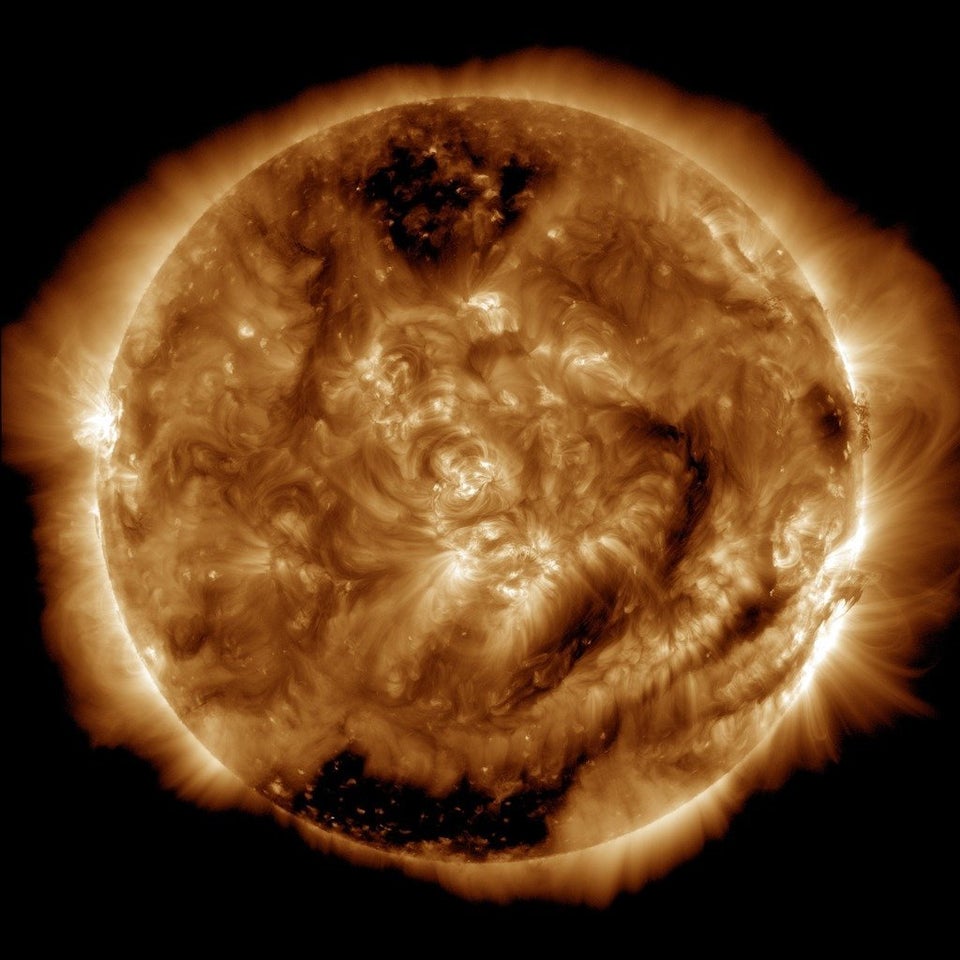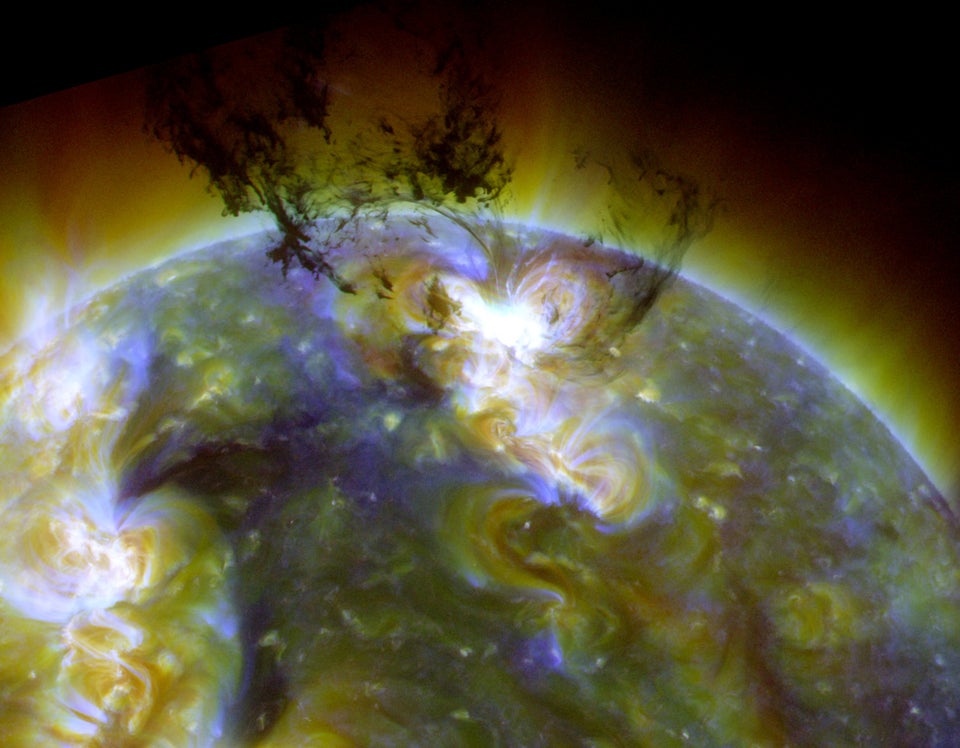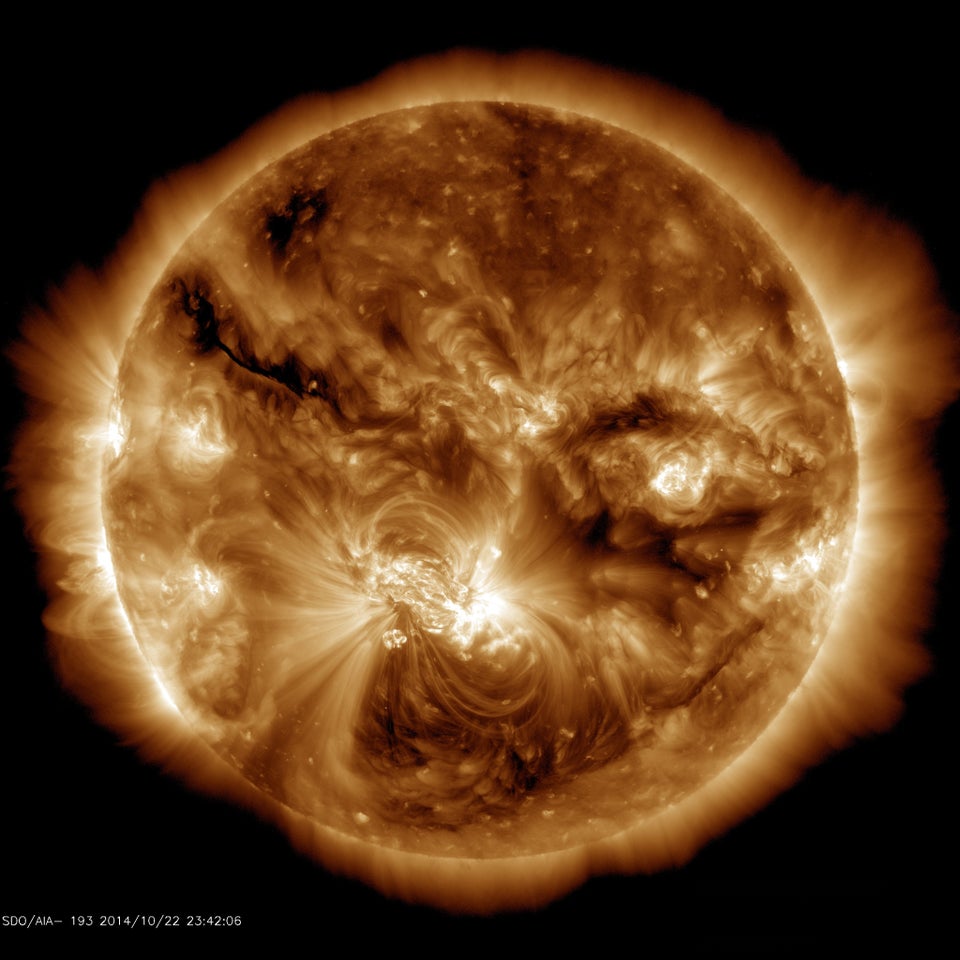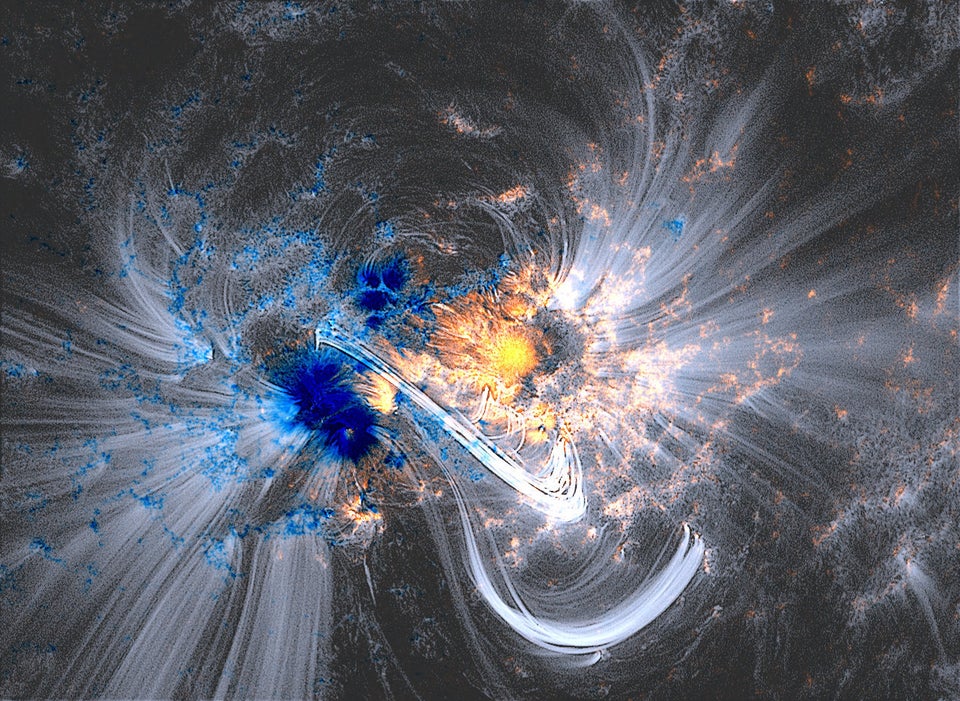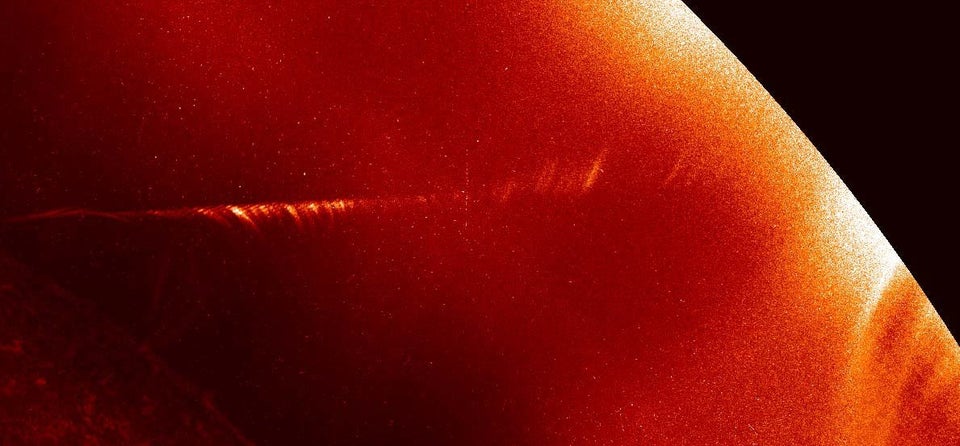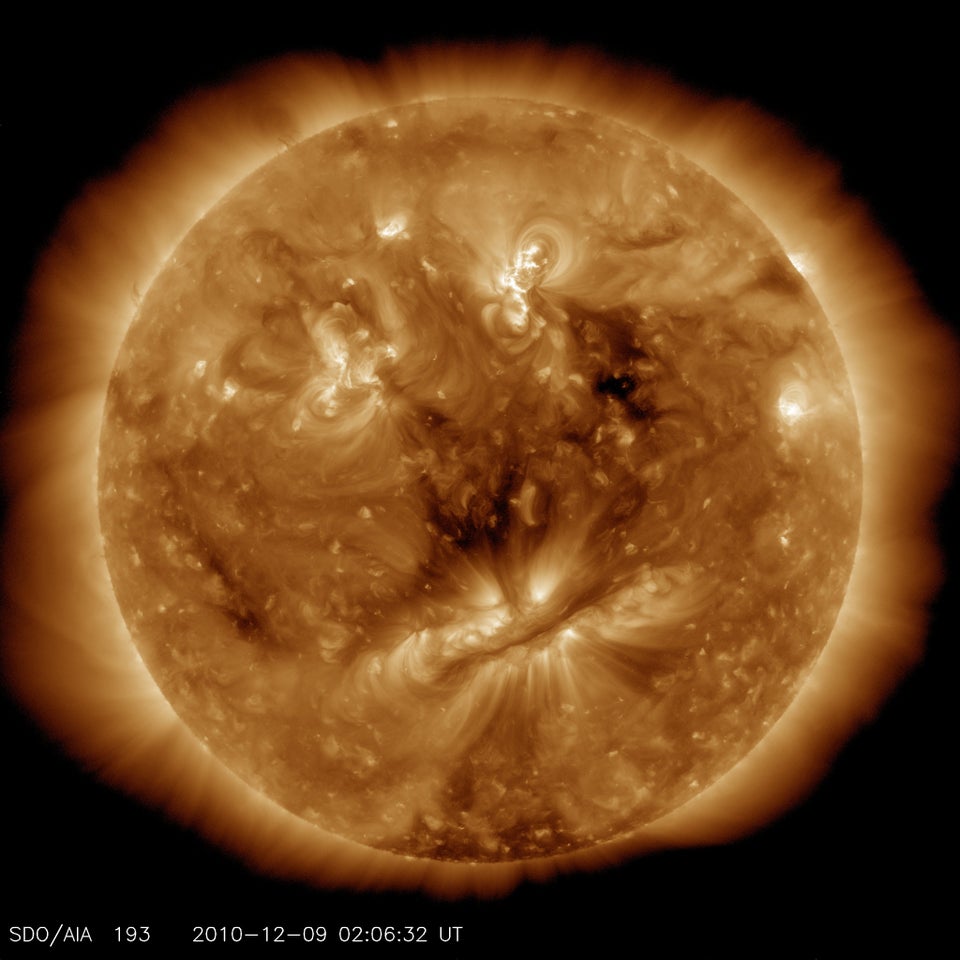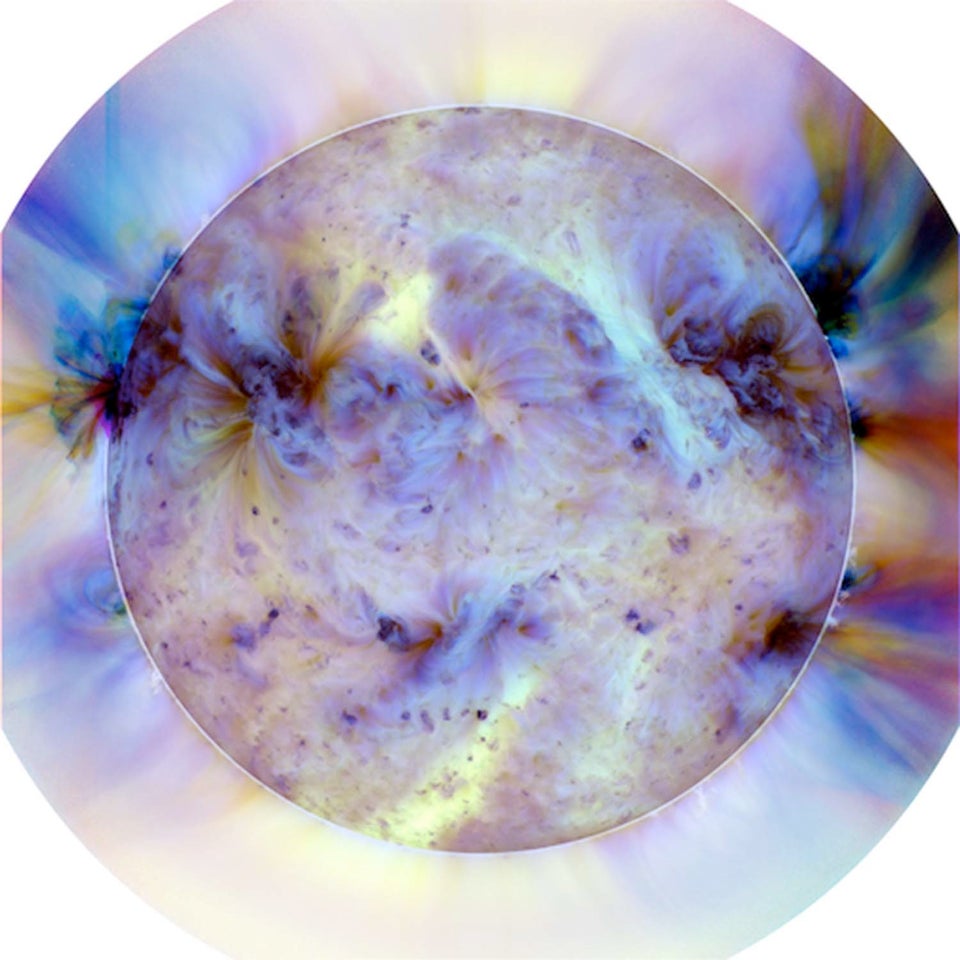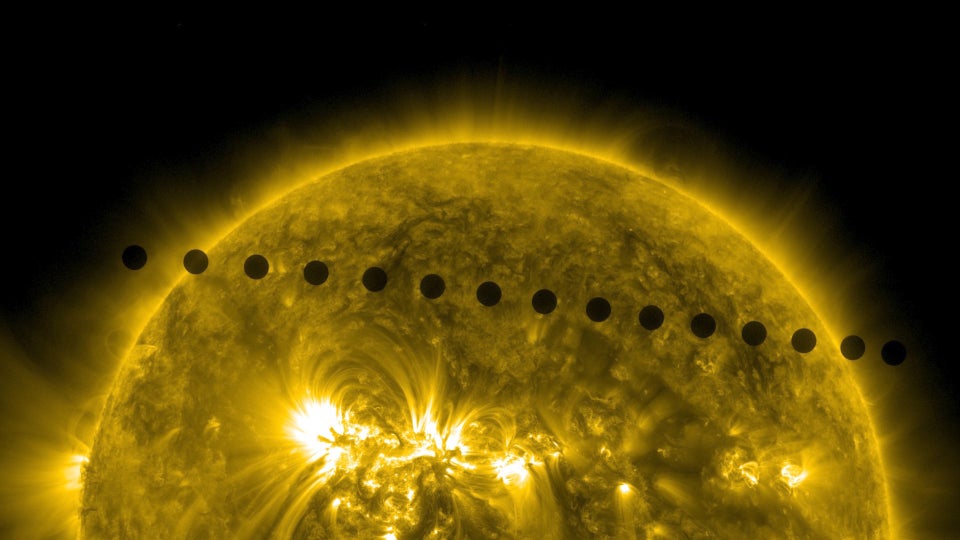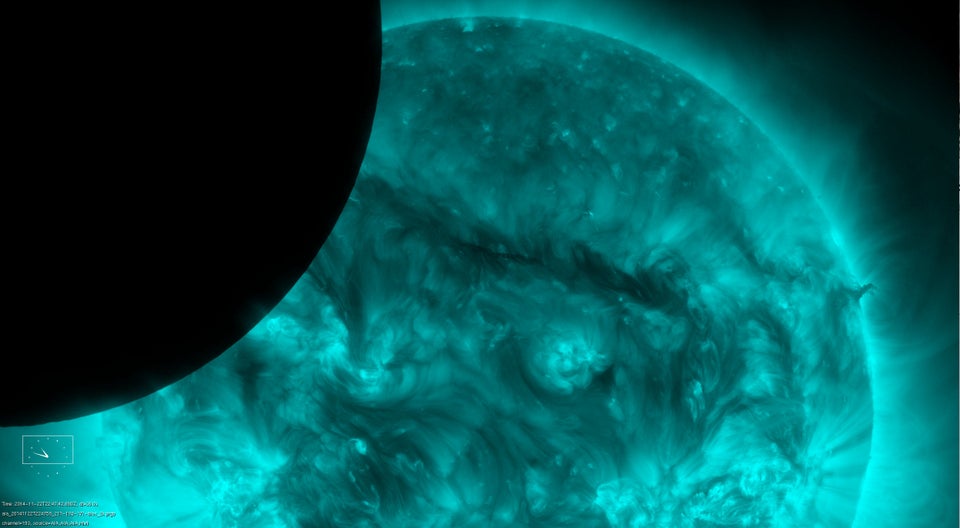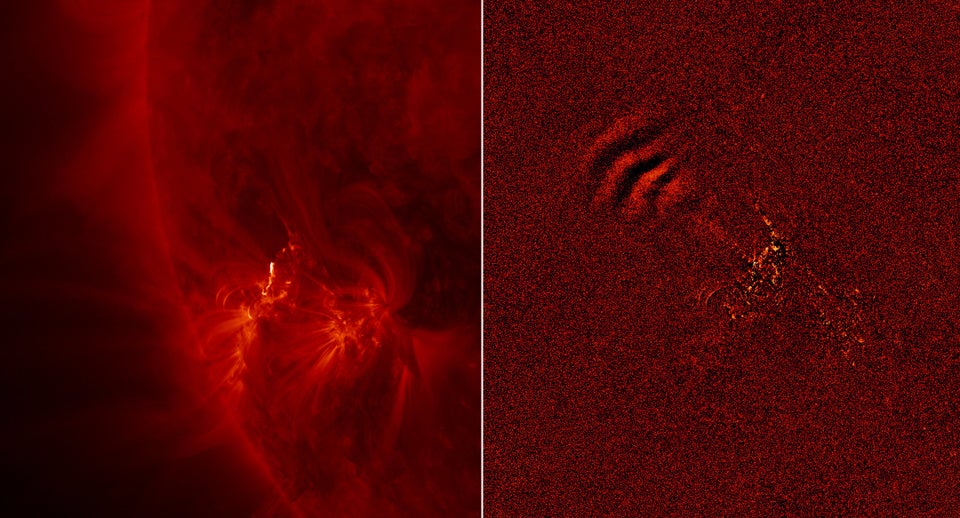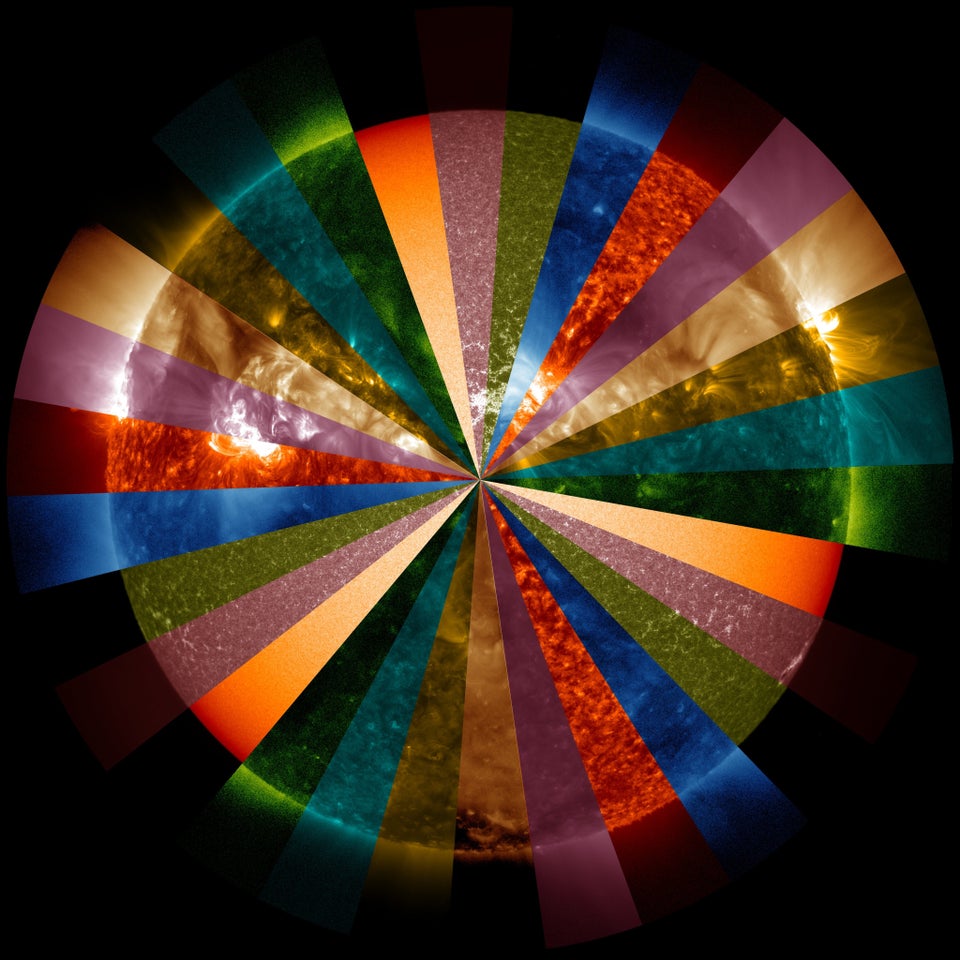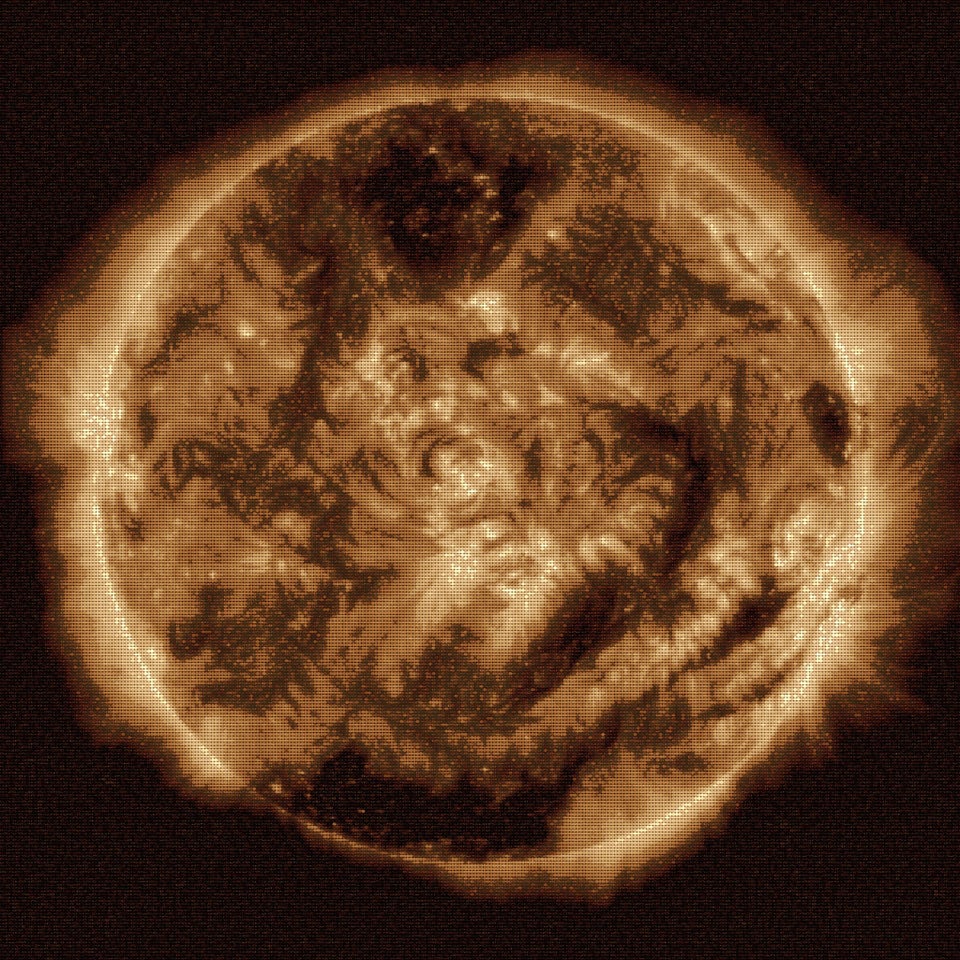NASA's powerful new rocket isn't expected to launch for another three years, but the space agency has just unveiled a simulation video (above) showing what it will look like when it eventually lifts off.
Called "Feel the Power of America’s Next Great Rocket," the animation showing the Space Launch System (SLS) in action has the appearance of a music video.
The new system will be used to send humans to Mars, as well as for other upcoming programs such as the Asteroid Redirect Mission, in which a robotic spacecraft will capture a multi-ton boulder from an asteroid and put it in orbit around the moon for astronauts to explore.
The SLS will come in two configurations, each of which will have a booster more powerful than the Saturn V used in the Apollo program, until now the most powerful rocket in history.
The first configuration will provide 10 percent more thrust at launch than the Saturn V and the ability to carry three times the payload of the space shuttle, according to NASA. At 321 feet tall, it will be shorter than the Saturn V but taller than the Statue of Liberty, including the base.
The larger second configuration, which will be used for cargo, will have 20 percent more thrust than Saturn V and, at 384 feet, will be more than 20 feet taller.
NASA has a fact sheet on the SLS here.
At the heart of the SLS will be four RS-25 rockets, or the main engine used in the space shuttle program. Earlier this month, NASA fired up an RS-25 engine for 500 seconds as part of an SLS test.
(Story continues below video.)
"While we are using proven space shuttle hardware with these engines, SLS will have different performance requirements," Steve Wofford, manager of the SLS Liquid Engines Office at NASA's Marshall Space Flight Center, said in a news release. "That's why we are testing them again. This is a whole new ballgame -- we need way more power for these engines to be able to go farther than ever before when it comes to human exploration. And we believe the modifications we've made to these engines can do just that."
NASA originally hoped to use the SLS to launch an unmanned Orion spacecraft, dubbed Exploration Mission 1, at the end of 2017, but the project hit a few snags. The agency says it's now planning for a November 2018 launch, although earlier this year the agency's inspector general warned that Kennedy Space Center's launch facilities may not be ready in time.
The cost of developing the SLS from 2013 until the launch of Explorer Mission 1 is estimated at $7 billion, according to The Planetary Society. (That figure does not include the cost of the development of the Orion spacecraft.)
Thereafter, each launch is expected to cost between $500 million and $700 million, Dan Dumbacher, who at the time was NASA’s deputy associate administrator for exploration systems development, told SpaceFlight Insider last year.
Related
Before You Go
